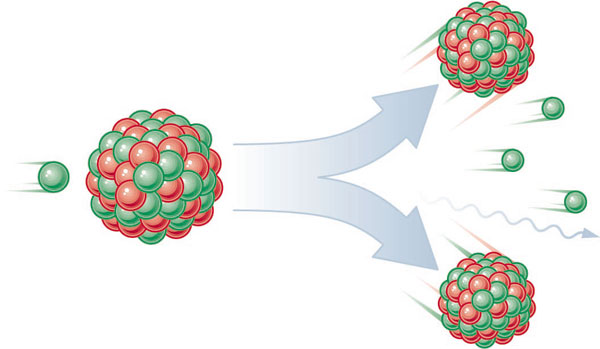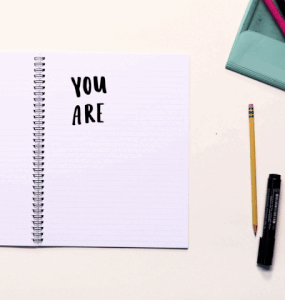Science | Apr 11, 2022
Overview of Respiration in Human Beings

To survive in this world, respiration is the most significant thing to take place for a living being. The human body is a multifaceted structure of many organs and organ systems, and the human respiratory system is one amongst them. If we discuss about human respiratory system so, it is a link of organs and tissues that helps homosapiens to breathe. The primary function of the human respiratory system is to introduce oxygen into the body and expel carbon dioxide from the body. To survive, breathing is a very essential life process.
Now do not get confused between breathing and respiration both are different processes. Let’s take a glance at it. In breathing, there is intake of fresh air and removal of exhaled air takes place and in respiration, there is oxidation of food to form carbon dioxide, water and energy. Breathing is a physical process and respiration is a bio-chemical process. In breathing, energy is used instead of released and in respiration, in the form of ATP, energy is released. In breathing, no enzymes are involved and in respiration, various enzymes are involved.
The important functions of the human respiratory system are:
- In all the living cells present in human body, the energy is produced by breakdown of different bio-molecules.
- As, the oxygen is inhaled by a human being which is further transported to various parts of the body which will be used in the process like breaking down glucose molecules and other series of bio-chemical reactions.
- The glucose molecules that we obtained from the process are used for discharging ATP (adenosine triphosphate).
To facilitate the respiration process in human beings, along with the lungs some muscles that support breathing and a vast network of blood vessels take part in this process. The other parts that play an essential role in the respiratory system of human beings are the nose, larynx, pharynx, trachea or the windpipe and bronchi. Let’s have a look to them:
- External nostrils – Intake of air is done by using external nostrils.
- Nasal chamber – It is lined with hair and mucus to separate the air from dust particles and pathogens as well from atmospheric air.
- Pharynx – It serves as the common passage for both air and food and is present behind the nasal chamber.
- Larynx – Larynx is additionally referred to as voice box or we can say it is a sound box as it houses the vocal chords.
- Epiglottis – Epiglottis is a flap-like structure which covers the glottis further prevents the food entering into the windpipe.
- Trachea – Trachea is a long tube passing through the mid-thoracic cavity and it is also known as windpipe.
- Bronchi – The trachea divides into left and right bronchi which further enter into the lung individually.
- Bronchioles – Each bronchus is further divided into small and finer channels known as bronchioles.
- Alveoli – Alveoli are the small air-sacs with thin walls which facilitate the exchange of oxygen and carbon dioxide molecules.
- Lungs – Humans have a pair of lungs, which are covered by a double-layered membrane known as pleura.
The respiratory tract starts from the external nostrils and nasal chamber and continues to the lungs. Let’s have a look about their functions:
- Nose: The first step of respiration is inhalation of air through the nose.
- Larynx: These are two cartilaginous chords which is situated at the joining point of pharynx and trachea. Larynx is also known as voice box or we can say it is a sound box as it houses the vocal chords.
- Pharynx: It is a common path for the passage of both air and food, to their respective organ systems.
- Trachea: Trachea is also known as the windpipe and is like a long tube that takes the inhaled air coming from the nose and facilitates it into the further process. It is then divided into left and right bronchi.
- Bronchi: Bronchi enters into the right and the left lung. They are further subdivided into small, finer channels or we can say that they are divided into secondary and tertiary channels called as bronchioles. At the end of these bronchioles, they carry a balloon or bag-like structures which are known as alveoli. Alveoli are the small air-sacs with thin walls which facilitates the exchange of oxygen and carbon dioxide molecules into or away from the bloodstream.
- Lungs: The inhaled air is finally purified, and the oxygen which is necessary for all the body functioning is carried to different organs by the help of blood vessels, and finally the carbon dioxide which is de oxygenated air is exhaled out of the body via the same respiratory tract.
Want access to expert academic guidance — for free? When you create your free Vnaya account, you will have an option to ask a Question, Book a Demo session, talk to our Academic Experts, and get Professional Parenting Support —all for Free! Our Academic Counselor will help you learn how to improve your academic performance by assessing your learning style and curating a personalized lesson plan for you!
Sign up for your Vnaya account today to get a boost on your academic quest.
















Post a Comment: